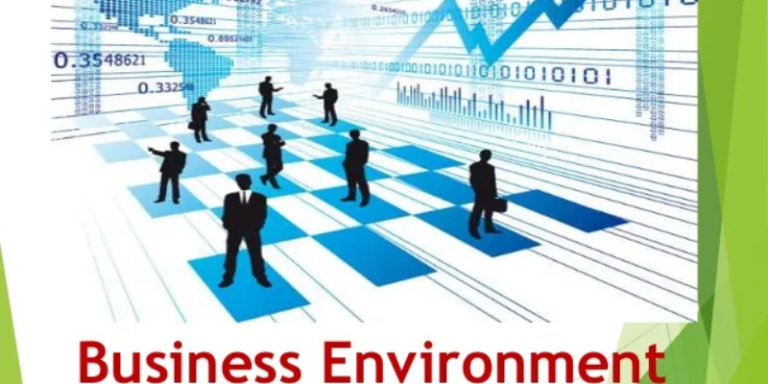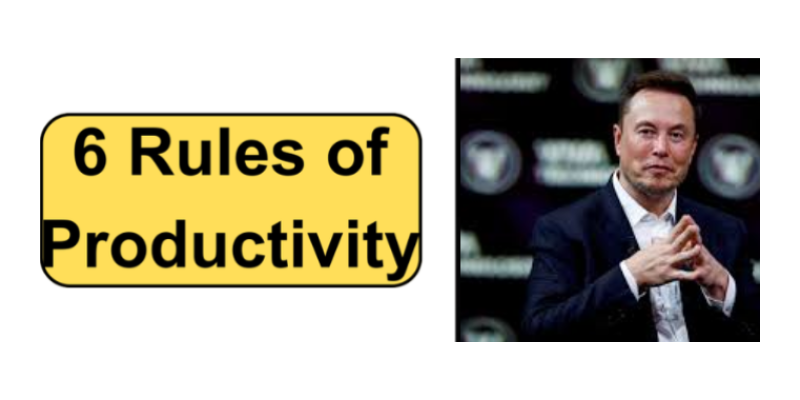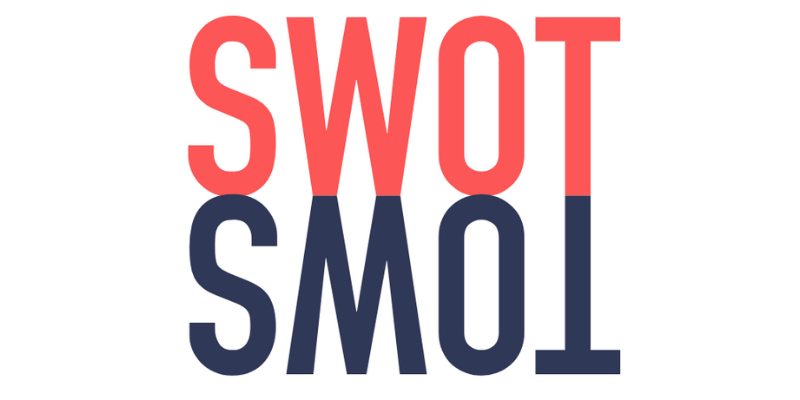Business activity is fundamental to modern life, underpinning economic development and social well-being. Across the globe, business organisations, despite their diversity, share the common goal of transforming inputs into outputs. This transformation, however, does not occur in a vacuum but is influenced by a range of external and internal factors. These factors shape business strategies, decision-making, and overall organisational performance.
Below is an Overview of Key Study Topics Within the Field of Business Environment:
1.0 Types of Organisations
Organisations vary significantly in their objectives, operations, and structures. The most common distinction is between for-profit and not-for-profit organisations. For-profit organisations, such as corporations and small businesses, primarily aim to generate profit for their owners and shareholders. In contrast, not-for-profit organisations, including non-governmental organisations (NGOs), focus on achieving social, cultural, or environmental goals rather than making a profit (Worthington & Britton, 2015).
Small- and medium-sized enterprises (SMEs) play a crucial role in economies worldwide, particularly in job creation and innovation. SMEs often have different purposes and objectives compared to larger corporations, with a focus on local markets, niche products, or specialised services. The legal structures of these organisations can vary, including sole traders, partnerships, and limited companies, each with its own legal implications and operational dynamics (Burns, 2016).
2.0 Size and Scope of Organisations
The size of an organisation significantly influences its structure, objectives, and strategies. Large organisations typically have more complex structures, greater market share, and a wider geographic reach than small or medium-sized firms. These organisations may operate internationally or globally, engaging in transnational activities that require sophisticated management of cross-cultural teams and global supply chains (Hill, 2021).
The scope of an organisation’s operations can also include franchising, joint ventures, and licensing, each presenting different opportunities and challenges. Additionally, industrial structures and competitive analysis play a critical role in shaping business strategies, as organisations must respond to market forces such as supply and demand, income elasticity, and competitive pressures (Porter, 2008).
3.0 Various Functions in an Organisation
Organisations are typically composed of several key functions, including marketing, finance, human resource management, and operations. Each of these functions plays a vital role in achieving the organisation’s overall objectives. For example, marketing is responsible for understanding customer needs and promoting products, while finance manages the organisation’s financial resources (Kotler & Armstrong, 2020).
Human resource management (HRM) is critical for recruiting, training, and retaining employees, ensuring that the organisation has the skills and capabilities needed to succeed. Operations focus on the efficient production and delivery of goods and services, linking closely with other functions to ensure that organisational objectives are met (Daft, 2018).
4.0 Organisational Structure
The structure of an organisation is influenced by its size, scope, and the complexity of its operations. Larger organisations may adopt bureaucratic structures with clear hierarchies and defined roles, while smaller firms might prefer more flexible, flat structures that enable quick decision-making. Global and transnational organisations often adopt matrix or strategic business unit (SBU) structures to manage their diverse and geographically dispersed operations (Mintzberg, 1989).
The rise of virtual organisations and flexible, fluid structures has also become more prominent, driven by advances in technology and the need for organisations to be more agile and responsive to market changes.
5.0 The Context of the Macroenvironment
The macroenvironment encompasses the broad external factors that influence an organisation, including political, economic, social, technological, legal, and environmental (PESTLE) factors. These factors can have a profound impact on business operations and decision-making, necessitating the use of tools like the PESTLE framework to monitor and forecast external influences (Johnson, Scholes, & Whittington, 2017).
Globalisation, technological advancements, and shifting economic powers are some of the macro factors reshaping the business environment. The emergence of digital technologies, such as artificial intelligence (AI), blockchain, and cloud computing, has transformed how businesses operate, creating new opportunities and challenges (Schilling, 2020).
Environmental sustainability has also become a critical consideration for businesses, driven by increasing stakeholder demand for ethical practices and corporate social responsibility (CSR). Organisations are now expected to contribute positively to society and the environment, integrating sustainability into their core strategies.
6.0 Frameworks for Analysis
SWOT (Strengths, Weaknesses, Opportunities, Threats) and TOWS (Threats, Opportunities, Weaknesses, Strengths) analyses are essential tools for evaluating an organisation’s internal and external environments. These frameworks help organisations identify their strengths and weaknesses, assess opportunities and threats, and develop strategies to enhance performance and competitive advantage (Hill & Westbrook, 1997).
7.0 Internal vs External Factors
Internal factors, such as an organisation’s resources, capabilities, and culture, directly influence its strengths and weaknesses. External factors, including market conditions, competition, and regulatory environments, inform the opportunities and threats that organisations face. Understanding these factors is crucial for effective strategic planning and decision-making (Barney, 1991).
The business environment is a complex and dynamic field, encompassing a wide range of internal and external factors that influence organisational success. By understanding the different types and sizes of organisations, their functions, and the macroenvironmental forces at play, businesses can develop strategies that are responsive to change and aligned with their goals. As the global business landscape continues to evolve, staying informed and adaptable remains essential for long-term success.
References
Barney, J. B. (1991) “Firm Resources and Sustained Competitive Advantage”. Journal of Management. 17(1), pp. 99-120.
Burns, P. (2016) Entrepreneurship and Small Business. 4th ed. Palgrave Macmillan.
Daft, R. L. (2018) Organization Theory and Design. 12th ed. Cengage Learning.
Hill, C. W. L. (2021) International Business: Competing in the Global Marketplace. 13th ed. McGraw-Hill Education.
Hill, T., & Westbrook, R. (1997) “SWOT Analysis: It’s Time for a Product Recall”. Long Range Planning. 30(1), pp. 46-52.
Johnson, G., Scholes, K., & Whittington, R. (2017) Exploring Strategy. 11th ed. Pearson.
Kotler, P., & Armstrong, G. (2020) Principles of Marketing. 18th ed. Pearson.
Mintzberg, H. (1989) Mintzberg on Management: Inside Our Strange World of Organizations. Free Press.
Porter, M. E. (2008) Competitive Strategy: Techniques for Analyzing Industries and Competitors. Free Press.
Schilling, M. A. (2020) Strategic Management of Technological Innovation. 6th ed. McGraw-Hill Education.
Worthington, I., & Britton, C. (2015) The Business Environment. 7th ed. Pearson.













